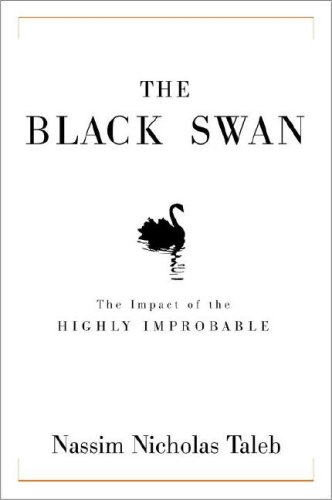
Businessweek and The Economist's "Best Book of the Year"
The Partnership: The Making of Goldman Sachs by Charles D. Ellis
Penguin | 745 Pages | ISBN: 0143116126 | PDF | 3.1 MB
In this history of investment bank Goldman Sachs, Ellis (Winning the Loser's Game) covers the same ground as Lisa Endlich's Goldman Sachs: The Culture of Success—with notable stylistic differences. From Marcus Goldman's purchase of his first commercial paper in 1869 to the firm's current success, Ellis's account is lively and engaging where Endlich's is accurate but dry. Ellis sheds light on events through dialogue and detailed descriptions of people's thoughts and feelings, embellishments that the author terms recreations in his epilogue. The effect of infusing such narrative techniques into the history of Goldman Sachs is entertaining, but it pushes the envelope of nonfiction, especially since the author appears to have interviewed only former partners of the firm. More damagingly, Ellis fails to report much about actual business, and attempts to do so—such as a chapter on Rockefeller Center financing—require lengthy digressions and are incomprehensible due to the complexities of the transactions. Without links to business, boardroom conflicts take on the air of petty squabbles. More a composite memoir of senior Goldman partners than a traditional history, this book will satisfy readers curious about the philosophies and personalities of the firm.
Download from Rapidshare.com
Password: ngnm






